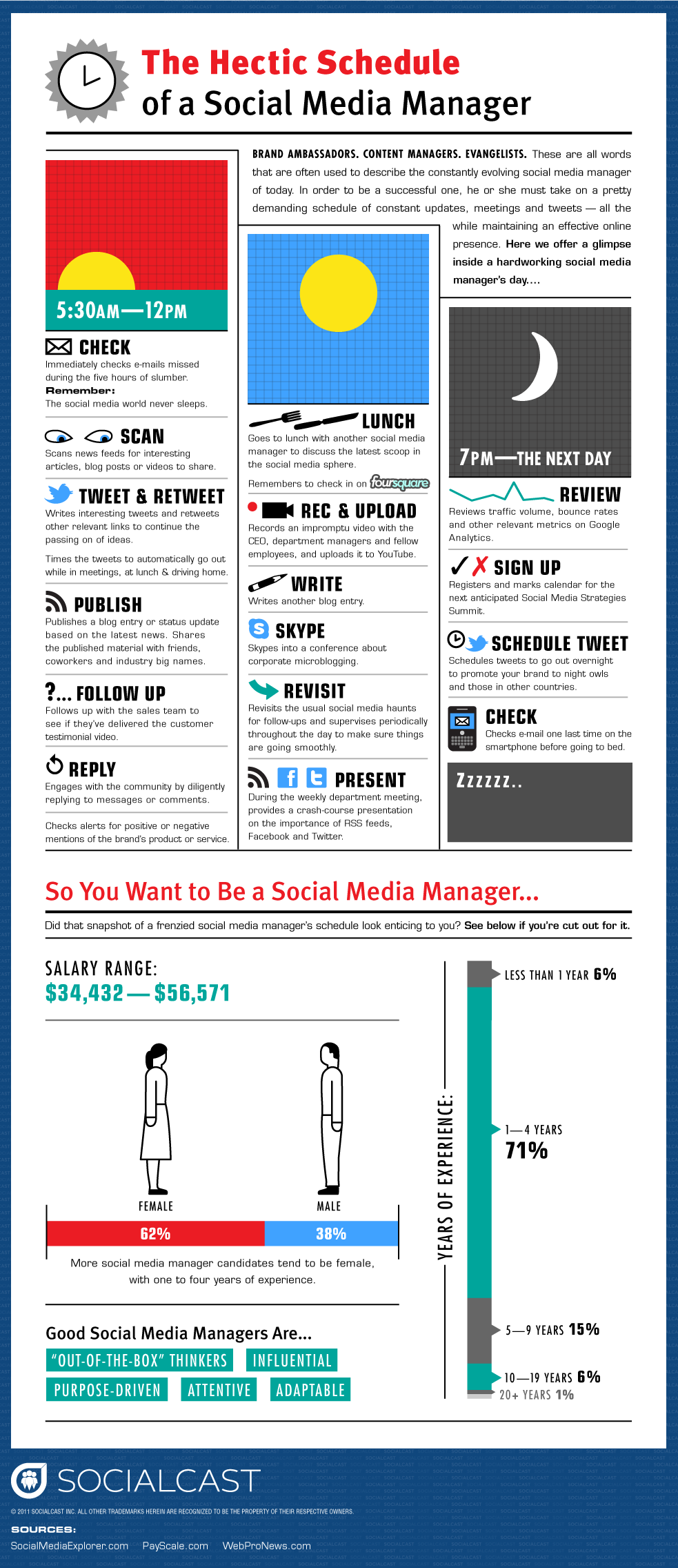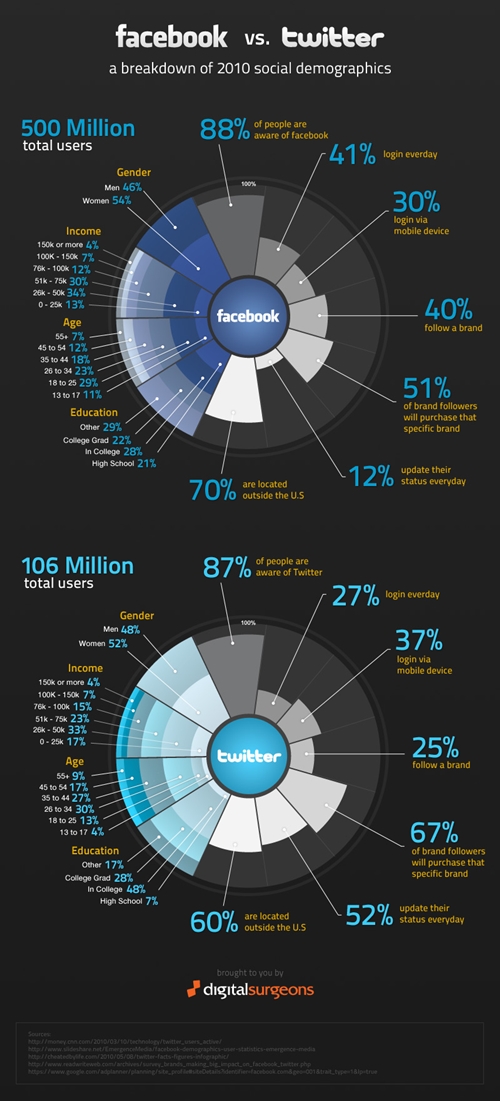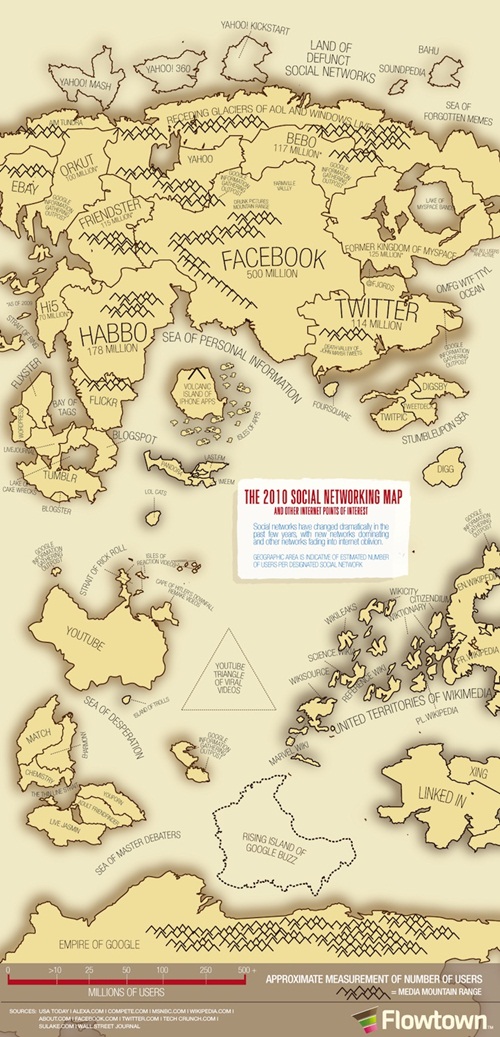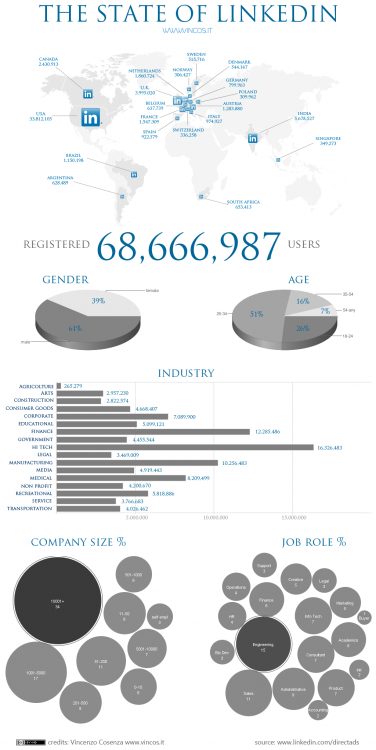Category: Social Media
Location-Based Services
 Location-Based services invaded all over the internet and everyday, more and more service are popping up,without forgetting the fierce competition coming from the big players like facebook, twitter and google who are also offering location check-ins and places.
Location-Based services invaded all over the internet and everyday, more and more service are popping up,without forgetting the fierce competition coming from the big players like facebook, twitter and google who are also offering location check-ins and places.
The few that made big buzz when launched are foursquare and gowalla.
I still don’t see the usefulness of such services for individuals. Would I really care if you are having a burger at McDonald’s or sipping a coffee Starbucks or wherever you are now??? If you think I really care which badge you unlocked or that you became the mayor of banana land, then you are totally wrong?
But maybe I would care to know that the location/store/restaurant/supermarket/pharmacy/etc.. has a special promotion today on one of their products.
Which takes me to the conclusion that the so-called “lo-so” are more useful to businesses to attract more people to their locations, and these consumers to spread the word about their offers/promotions when they check-in using the location based services and in return to be rewarded more when they do so on social networks.
For example, take a look at the below graphic showing 15 check-ins. All of them are useless, putting more noise on the twitter timeline and taking us no where. Until now, I still did not see people checking-in and offering any value to their friends or to the location where they are (I am talking at least about the people I follow on twitter).
So businesses who believes in social media marketing, have a long way to cross.
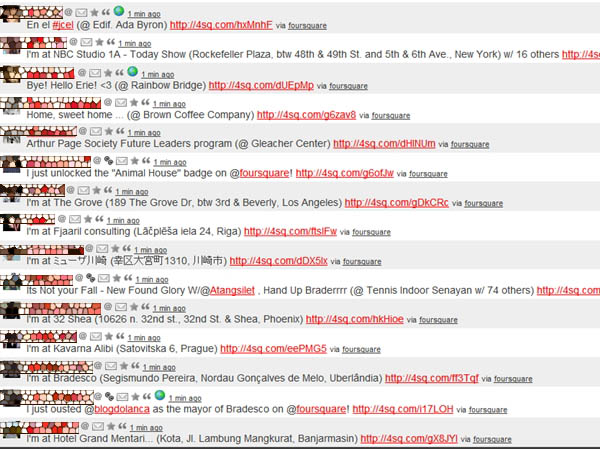
Revolutions & Social Media
Usually I avoid having any political postings on my blog, as i also avoid being trapped into any political conversations in Lebanon, because of the complexity of the issue, in a country said to be democratic where politics are automatically turned into sectarian fights.
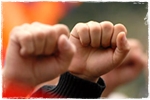 But this post is about something i was reading a lot about lately and it is called “Social Media Revolution”, I am not the right person to analyze politics but in my opinion, I strongly believe that there is nothing as such.
But this post is about something i was reading a lot about lately and it is called “Social Media Revolution”, I am not the right person to analyze politics but in my opinion, I strongly believe that there is nothing as such.
It all started in Iran in 2009 during the election, where Twitter was used heavily by the supporters of opposition candidate Mir-Hossein Mousavi. But social media did not change the global view of the situation, Twitter was just a communication tool, nothing more than having up to the minute news with a special hashtag dedicated to the occasion.
Social media tools are free, fast to use, can spread the word in real time and much faster than classical media and hard for the local authorities to block it easily. But also the vast body of information that circulates on social media websites is chaotic, subjective and totally unverifiable and it makes almost impossible to authenticate the sources.
Definitely the opposition in Iran made their point, but it was over before they even realized that social media did not help much and the political scene went back to what it used to be and the regime is still the same.
Then 2 weeks ago came the Tunisia story called the Jasmine Revolution which definitely spread fear in the hearts of other Arab dictators and Tunisian president Zein El Abidine Ben Ali left the country.
Many thought that this is another Twitter revolution taking place, I am really sorry to say whomever is thinking so, that you are wrong. Those who do not believe that the Tunisian president left the country based on a prepared plan are all wrong, people who think that demonstrations pushed Ben Ali to run away are unfortunately heavily wrong.
 Again Twitter, Facebook and other social media tools, where just there to help people know what is going on and what to do, but these tools were never part of the real plan of Ben Ali.
Again Twitter, Facebook and other social media tools, where just there to help people know what is going on and what to do, but these tools were never part of the real plan of Ben Ali.
And 2 days ago, Egypt arrived to the list of revolutions, where Egyptians are trying hard to change their economical situation and have a better life, but again their are fighting against a totalitarian regime where change needs a big determination and time but surely not social media.
For the last 2 days, no one could make sure if Twitter was blocked or not, until Twitter itself declared the news from their servers, some said it is blocked, others said it is accessible from Blackberry phones, some had access from proxy breaking sites and so on, it was a chaos because of the “no” control of the information flow.
Unfortunately, such regimes cannot be broken with social media tools, these regimes are so afraid of their people that they spend millions and billions of dollars not to help their citizens but to protect their dictatorships.
There is a funny story about the Egyptian president but it is almost impossible to make sure if it really happened or not, but knowing those regime, i don’t doubt.
So one of his advisers tells him: Mr. President, people are hungry. And the answer comes: if they are sated, they will start thinking.

Brands & Social Media
 Are brands afraid of social media ? A question that popped to me this morning while reading my feeds.
Are brands afraid of social media ? A question that popped to me this morning while reading my feeds.
I think brands are afraid of social media because at one point these new medias can hurt the image they were trying to build for years even decades. There are lots of unhappy customers out there who now have the power to express their feelings on the “wild” wide web without any control. Blogs can easily be set up in few minutes and indexed by search engines robots and the word is spread.
A live example for that is “I Hate Crocs“.
Today retailing is no more about customer service, it is about pure and rich experience.
How many brands are out there listening to their consumers? Few of them and have not seen many adapting new social media to get closer because their experience can be bad. And so what? Why not listen and perform better. When a consumer have the brand forged in his brand, he expects while going through his experience to have exactly what he deserves, what if this does not happen?
Does your business afford losing a client? I don’t think so.
Starbucks and Zappos understood this earlier than others and got engaged. Starbucks did just that with “My Starbucks Idea.” Zappos ingrained the idea of micro-blogging and the sense of exceptional customer service in the corporate culture by dedicating a special page on their site at http://twitter.zappos.com/.
Many other brands are following but at a slower pace while keeping an eye on the ones who got faster there to learn from their mistakes, in case they did or have any.
 Then come the CEOs, the main players who should believe in social media. CEO’s rely on data and input to make good decisions. The problem is that most of their data and input is filtered through other people whom at times want to please the CEO so as to be in good standing. Thus filtered information can lead any CEO to make wrong conclusions which in turn impact business performance over time.
Then come the CEOs, the main players who should believe in social media. CEO’s rely on data and input to make good decisions. The problem is that most of their data and input is filtered through other people whom at times want to please the CEO so as to be in good standing. Thus filtered information can lead any CEO to make wrong conclusions which in turn impact business performance over time.
How many have we seen on social media? While most of them are having many stories with “the media”, they prefer having it the classical way and not the 2.0 way. Here i am talking about CEOs mainly in the US, while European CEOs prefer having less exposure and in the MENA region (Middle East & North Africa) are almost not seen active and prefer playing in the shadow for millions of reasons.
Most active CEO on social media in the US must be Tony Hsieh of Zappos and can be found at http://twitter.com/Zappos, not sure who is leading this in Europe and in the MENA region is Aramex CEO, Fadi Ghandour found at http://twitter.com/fadig
Today companies and brands should be open to interact with people giving life to their products and/or services, social media should be part of their company culture and have a dedicated team for it.
They should listen, discuss, dialogue and find ways to make everybody happy including themselves.
Sites often considered as social media include:
-
* Blogs
* Message boards
* Forums
* Social networks (MySpace or Facebook)
* Video sharing (YouTube, Vimeo)
* Picture sharing (Smugmug,Photobucket)
* Podcasts
* Vidcasts
* Wikis
* Groups
* Communities
* Virtual worlds or (Second life)
Can also read the below: Most Engaged Brands On Social Media
ENGAGEMENTdb: Most Engaged Brands On Social Media –
What the F**k is Social Media?

